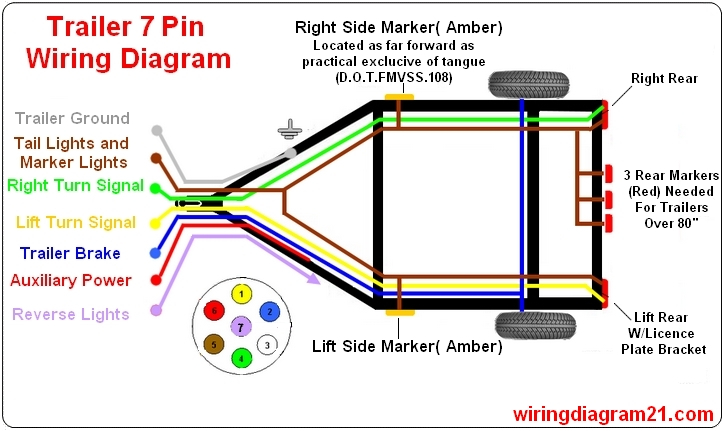Have you ever felt that heart-stopping lurch when towing a trailer downhill? Or worried about your trailer pushing your vehicle during a sudden stop? If so, it might be time to consider the safety and peace of mind that comes with surge brakes.
Surge brakes are a self-contained braking system activated by the momentum of the trailer pushing against the towing vehicle. This push, or "surge," activates the master cylinder within the surge coupler, applying the trailer brakes and helping to slow or stop the trailer in sync with your vehicle.
Upgrading to a surge brake system can be a transformative experience for anyone towing a trailer, particularly if you frequently travel with heavy loads or in hilly terrain. The added control and stability these brakes provide can significantly enhance safety and reduce wear and tear on your tow vehicle's brakes.
This comprehensive guide delves into the world of surge brakes, exploring everything from their history and operation to installation and maintenance. Whether you're a seasoned tower or just starting out, understanding the ins and outs of surge brakes is crucial for safe and confident towing.
Historically, trailers relied on the tow vehicle's braking system to manage deceleration. As trailers became larger and heavier, the need for a more independent and robust braking solution emerged. Surge brakes provided this solution, reducing the strain on the tow vehicle's brakes and offering a more effective way to control trailer movement.
Installing surge brakes typically involves replacing the existing coupler with a surge brake coupler, running brake lines to each wheel, and installing brake assemblies at each wheel. The process can vary depending on the trailer's configuration and the specific surge brake kit used. It is often recommended to consult with a qualified mechanic or trailer specialist for installation if you're not experienced with trailer brake systems.
Three key benefits of surge brakes are enhanced safety, reduced tow vehicle wear, and improved control. Enhanced safety comes from the trailer's independent braking, assisting in preventing sway and jackknifing. Reduced wear on the tow vehicle's brakes extends their lifespan and decreases maintenance costs. Improved control, especially on declines and during sudden stops, provides a smoother and more predictable towing experience.
A step-by-step guide to equipping your trailer with surge brakes often starts with assessing your trailer's specifications and choosing a compatible surge brake kit. Next, the old coupler is removed, and the new surge brake coupler installed. Brake lines are then run to each wheel, followed by the installation of brake assemblies at each wheel. Finally, the system is tested and adjusted for optimal performance.
A checklist for this project includes verifying the trailer's weight capacity, selecting the appropriate surge brake kit, gathering necessary tools and materials, inspecting the trailer's frame and axle, and performing a final system test after installation.
Advantages and Disadvantages of Surge Brakes
| Advantages | Disadvantages |
|---|---|
| Enhanced Safety | Can be less effective in reverse |
| Reduced Tow Vehicle Wear | Requires more maintenance than non-brake systems |
| Improved Control | Can lock up on slippery surfaces if not adjusted properly |
Five best practices for implementing surge brakes include: ensuring proper coupler height adjustment, regularly inspecting and lubricating the system, flushing the brake fluid every two years, checking for leaks and damage after each trip, and testing the brakes before every towing excursion.
Frequently asked questions include: How do surge brakes work? What maintenance do surge brakes require? How often should I replace my surge brake fluid? What are the signs of a malfunctioning surge brake system? How do I adjust my surge brakes? What size surge brakes do I need for my trailer? How much does it cost to install surge brakes? Where can I buy surge brakes?
Some helpful tips and tricks include using a breakaway cable for added safety, keeping spare brake parts on hand, and understanding how to manually override the brakes in case of emergency.
In conclusion, incorporating surge brakes onto your trailer is a valuable investment in safety and control. From decreasing strain on your tow vehicle’s brakes to providing an independent braking system for your trailer, the benefits are numerous. By understanding the installation process, maintenance requirements, and best practices, you can ensure a smoother, safer, and more confident towing experience. Don't compromise on safety - explore the world of surge brakes and upgrade your towing setup today.
What did teens wear in the 90s a blast from the past
Unleash your inner superhero with a diy wonder woman costume disfraz mujer maravilla casero
Finding peace the power of goodnight and god bless
Travel Trailer Hydraulic Brakes at Tracey Johnson blog - Khao Tick On
Trailer Wiring Diagrams 4 Pin - Khao Tick On
How To Adjust Trailer Surge Brakes - Khao Tick On
7 Way Plug Wiring Diagram For Electric Brakes - Khao Tick On
How To Adjust Boat Trailer Brakes at Blaine Gray blog - Khao Tick On
Boat Trailer Surge Brakes Parts - Khao Tick On
Do it Yourself Trailer Surge Brakes - Khao Tick On
7 Way Trailer Wiring Diagram With Brakes - Khao Tick On
Wiring Diagram For A Trailer With Electric Brakes - Khao Tick On
Jeep Wrangler Jk Tow Bar Kit - Khao Tick On
Surge brakes for boat trailer - Khao Tick On
Why Do Boat Trailers Have Surge Brakes at Hannah Grimm blog - Khao Tick On
Travel Trailer Hydraulic Brakes at Tracey Johnson blog - Khao Tick On
Youtube Fuse Box For Trailer Brakes - Khao Tick On













